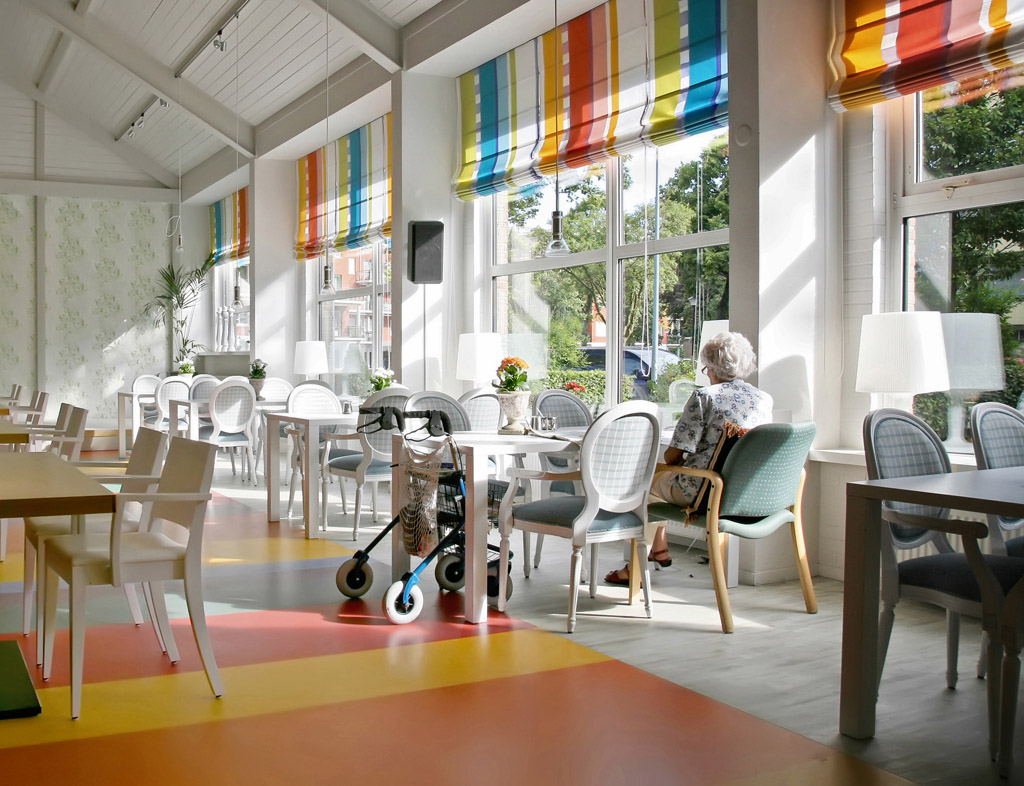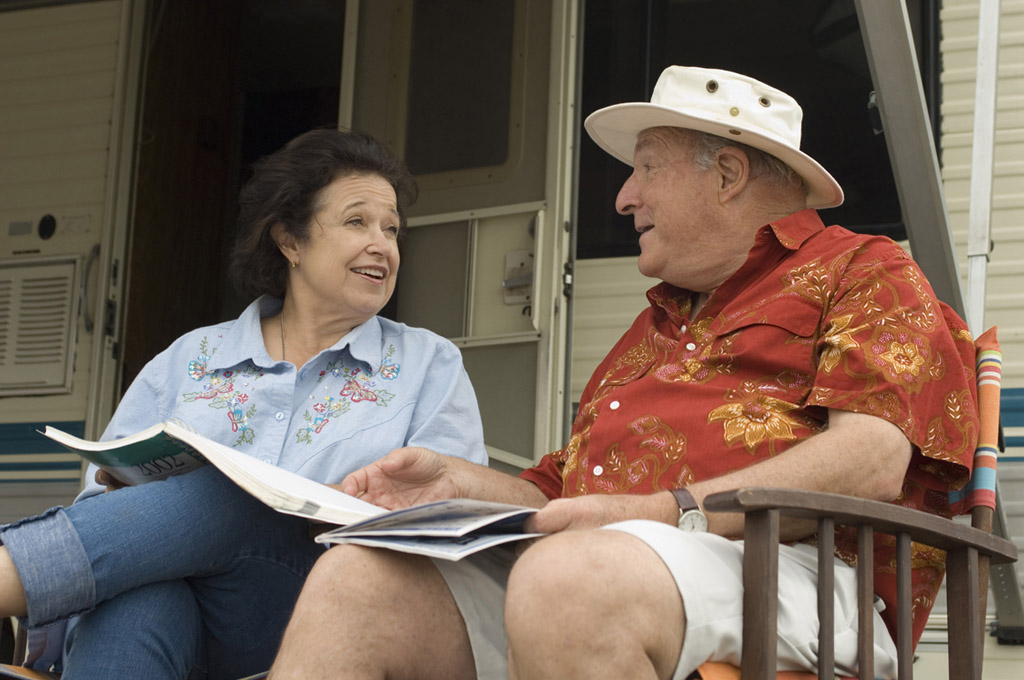9.4 Internal migration
So far in this chapter our attention has been on movements of people in the workforce – those moving internally and those migrating here from overseas. The push factors in most of these contexts revolve around the difficulty of having a successful and satisfying way of life. The pull factors are usually connected with work and settlement opportunities. There are, however, groups of people who are on the move all the time, for short-term purposes or to find another place that appears to offer additional lifestyle quality or meet changed personal standards of what constitutes a liveable place. The desire ‘for a change’ and the ability to do something about it are usually associated with affluence – relocation can be expensive.
Sea changers
Local councils having to deal with the influx of sea changers have established a National Sea Change Task Force to share information and strategies.
Local councils estimate that the growth rate of these towns is 60% above the national average. In 2006 their Sustainability Charter was published. It makes a commitment to:
- develop innovative and best practice strategic planning at regional and local levels
- preserve local character and sense of place
- provide for the timely provision of resources to meet the needs of high growth communities for infrastructure and services
- integrate coastal management and conservation objectives with economic development
- support community wellbeing
- ensure community ownership and participation in key planning decisions affecting the coast.
Retirees are the group most commonly associated with this pattern of movement, which can be for the annual visit to coastal resorts in northern latitudes or for permanent settlement – typical of the Gold Coast and Sunshine Coast towns of southern Queensland, and of northern New South Wales towns. Demographically, this is an important group for study. Retirement villages in attractive coastal locations are a lucrative source of investment income. So are caravan parks, used by the ‘grey nomads’ who circle Australia in their retirement years. These are the ‘baby boomers’, now on the move and doing things that were not possible in their earlier years of working and child rearing.
Young people
The most common internal movements are associated with the capital cities. A large percentage of the movements between cities are young people or recent arrivals. For young people, moving from country locations to the cities is generally associated with training and higher education, which in turn can lead to city-based employment opportunities. However, most young people do not move out of their local areas or shift states.
Similarly, new arrivals generally seek to remain in the major cities. This pattern applies particularly to people of Asian background. The ABS reported in 2001, for instance, that people of Vietnamese origin lived almost exclusively in the major cities (97%). The same applied to people from China (96%), India (91%) and the Philippines (85%).
DEVELOPING YOUR UNDERSTANDING 9.4
Young people (people aged 15–24 years) make up one of the most mobile population groups. Mobility rates increase from the mid-teens through the young adult years, peaking at age 27, and falling sharply from that point, through to age 75.








